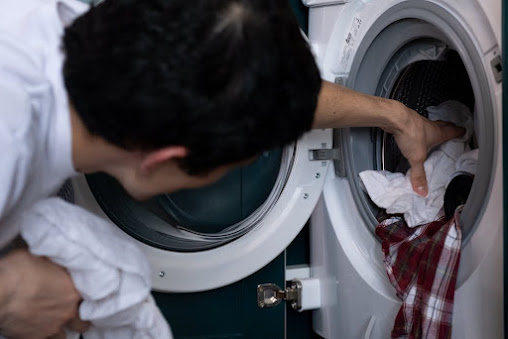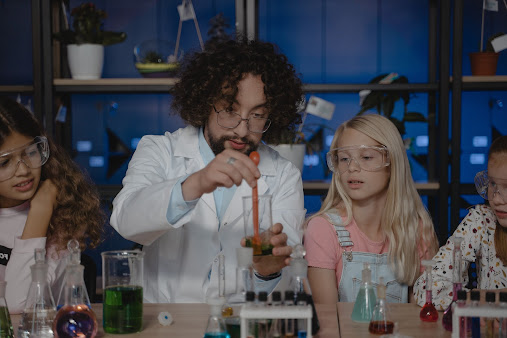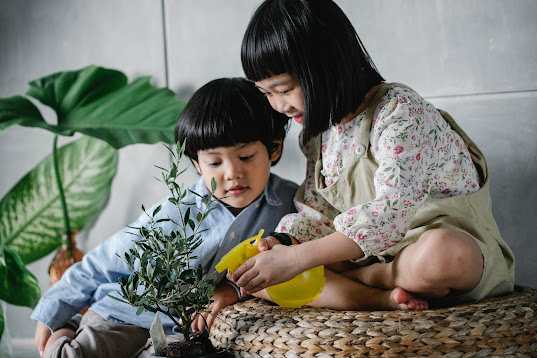Outsourcing the cleaning and drying of your clothes saves you considerable time and money. You no longer have to endure the tedious hours it takes to do laundry, as well as spend money on expensive machines such as a washer and dryer. Money savings also show up on your monthly water and energy bills. The best residential laundry services remove the toughest stains and prevent the development of unsightly wrinkles
Now that you have decided to outsource your laundry to a business such as Laundry Care Express, let’s find out what is the best way to prepare your clothing for your residential laundry service.
Separate Clothes
When you do laundry at home, you separate your clothes based on several factors. For example, you separate clothes based on both colors and materials. You should do the same type of clothes separation for your residential laundry service. Start by separating your clothes based on the brightness of color, as well as the type of material. For example, you want your residential laundry service to clean your all-cotton clothes in one batch, followed by a wash and dry cycle that cleans clothes consisting of blended materials.You also should separate clothes by the presence of stains, especially clothes that have developed tough-to-remove stains.
Include Written Instructions
Some of your clothes might require special cleaning methods, such as getting washed in lukewarm water or going through the dry cleaning process. Ensuring certain apparel receives special treatment involves leaving one of the best residential laundry services such as Laundry Care Express clear instructions on identifying the apparel that require special cleaning procedures. In addition to your special requests, the manufacturer of certain clothing also might recommend special cleaning instructions like using a particular brand of fabric softener. Another example of a written instruction concerns the apparel that you need cleaned as part of a rush order.Written cleaning instructions for your laundry is especially important if you enjoy the benefits provided by a laundry pick up service.
Empty All Pockets
It is a step in the washing and drying process that comes to you automatically when you do laundry at home, but you might forget to do it when you outsource the cleaning and drying of your clothes to one of the best residential laundry services. Make sure to examine each piece of apparel to ensure each pocket is empty of any items. Leaving a watch or a cell phone in a pair of pants can cost you a considerable amount of money in replacement costs. You also want to check pockets to prevent an item from causing irreparable harm to one of your garments. For instance, a seemingly harmless piece of paper can bleed through a fabric and damage one or more articles of your clothing.Bag Your Clothes
When you do laundry at home, you probably move your clothes to the washer and dryer by using hampers. However, storing your clothes in several hampers for one of the best residential laundry services is not an effective transportation strategy for your garments. Bagging your clothes represents an effective way to include special instructions for certain garments. It also prevents your residential laundry service from losing one or more items. Just make sure to use drawstring or zippered mesh bags to ensure all your apparel reaches your residential laundry service, as well as receives exposure to circulated air.








